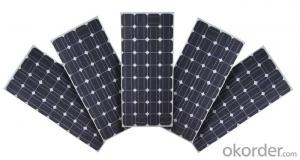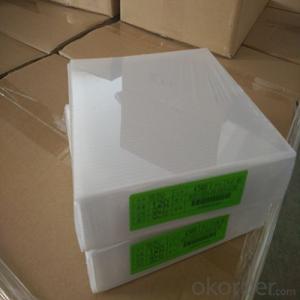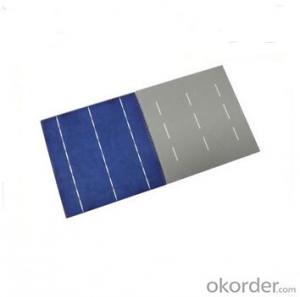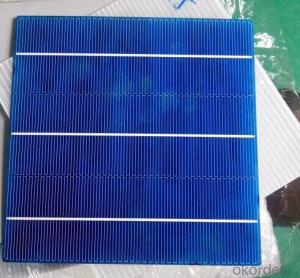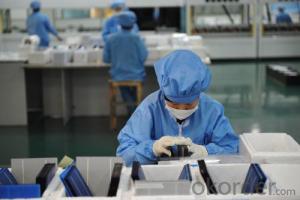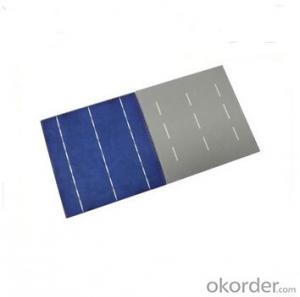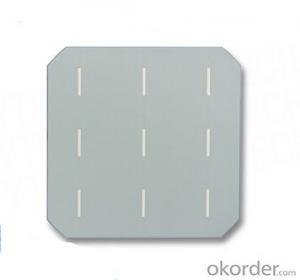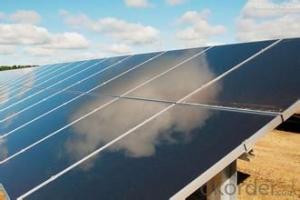Aerospace Solar Cells
Aerospace Solar Cells Related Searches
Except For Solar Cells Weegy Problems With Solar Cells High Power Solar Cells Light Trapping In Solar Cells High Performance Solar Cells High Output Solar Cells High Wattage Solar Cells Energy Transfer In Solar Cells High Efficiency Hvac Systems Recombination In Solar CellsHot Searches
Cheap Solar Cells For Sale Flexible Solar Cells For Sale Q Cells Solar Panels For Sale Printed Solar Cells For Sale Bulk Solar Cells For Sale 6x6 Solar Cells For Sale Broken Solar Cells For Sale Cpv Solar Cells For Sale Photoelectric Cells For Sale Price Of Silicon Solar Cells Price Of Solar Cells Over Time Buy Solar Cells From China Cheap Solar Cells China Best Type Of Solar Cells Flexible Solar Cells Price Q Cells Solar Panels Price 3 Types Of Solar Cells Production Of Solar Cells Common Types Of Solar Cells Q Cells Solar Panel PricesAerospace Solar Cells Supplier & Manufacturer from China
Okorder.com is a professional Aerospace Solar Cells supplier & manufacturer, offers integrated one-stop services including real-time quoting and online cargo tracking. We are funded by CNBM Group, a Fortune 500 enterprise and the largest Aerospace Solar Cells firm in China.Hot Products
FAQ
- Yes, solar cells can be used in concert venues. They can be installed on the rooftops, facades, or parking areas of concert venues to generate clean and renewable electricity. Solar energy can power various aspects of the venue, such as lighting, sound systems, and other electrical equipment, reducing the reliance on traditional energy sources and lowering carbon emissions. Additionally, solar panels can be integrated into portable structures to provide power for outdoor concerts and festivals.
- Solar cells handle power quality issues by utilizing various components and systems. One of the key components is the inverter, which converts the direct current (DC) generated by the solar cells into alternating current (AC) suitable for use in households or industries. The inverter also helps regulate the voltage and frequency of the electricity produced, ensuring it meets the required power quality standards. Additionally, solar installations may include voltage regulators, surge protectors, and filters to minimize voltage fluctuations, surges, and harmonic distortions that could affect power quality. Overall, these measures help solar cells maintain a stable and reliable power output, successfully addressing power quality issues.
- The impact of wind on solar cell performance can be both positive and negative. On one hand, a gentle breeze can help cool down the solar panels, preventing overheating and improving their efficiency. On the other hand, strong winds can cause vibrations and movement in the panels, potentially leading to mechanical stress and damage. Additionally, high-speed winds can create a build-up of dirt, dust, or debris on the surface of the panels, reducing their ability to absorb sunlight effectively. Therefore, while some airflow is beneficial, excessive wind can have detrimental effects on the overall performance of solar cells.
- The cost of producing a solar cell can vary depending on several factors such as the type and quality of materials used, the manufacturing process, and economies of scale. However, on average, the cost of producing a solar cell ranges from $0.20 to $0.70 per watt.
- Yes, solar cells can be used in hot climates. In fact, solar panels often perform better in hotter temperatures as they can convert more sunlight into electricity. However, it is essential to consider the heat management of the solar panels to ensure their efficiency and longevity in extreme heat conditions.
- Leaf litter can have a negative impact on solar cell performance as it can block sunlight from reaching the cells, reducing their efficiency. Additionally, if the litter accumulates and covers the cells, it can hinder their ability to convert light into electricity. Regular cleaning and maintenance are essential to ensure optimal solar cell performance.
- What is the window material in the solar cell? what's the effect?
- Because the window layer near the surface, the defect is very much, if the absorption of light generated photogenerated carriers, then it is easy to die, do not contribute to the battery output, the absorption of light are wasted, reducing battery efficiency.




















